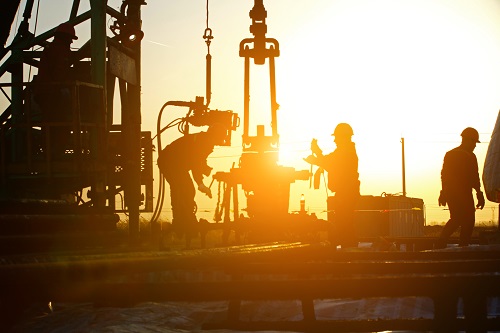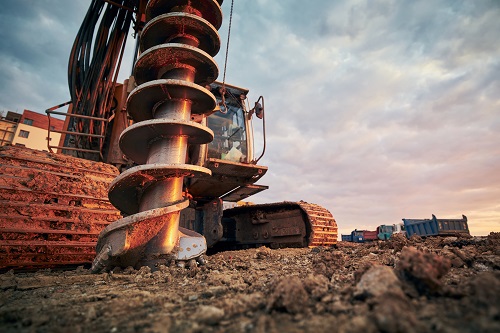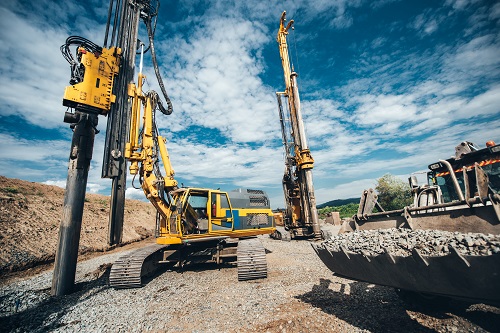DIRECTIONAL DRILLING
Directional drilling (an art and a science) can generally be defined as the science of directing a wellbore along a predetermined trajectory to intersect a designated subsurface target. Advances in directional drilling, such as measurement while drilling (MWD) and downhole motor (DHM) technologies, have greatly improved the accuracy of drilling in the deep subsurface.
APPLICATIONS OF DIRECTIONAL DRILLING
Multiple wells from offshore structures
The most common application of directional drilling techniques is offshore drilling. Many oil and gas deposits are situated well beyond the reach of land-based rigs. Drilling a large number of vertical wells from individual platforms is both impractical and uneconomical. The obvious approach for a large oilfield is to install a fixed platform on the seabed, from which many directional boreholes can be drilled. The bottom hole locations of these wells are carefully spaced for optimum recovery.


Relief Wells
Directional techniques are used to drill relief wells in order to “kill” blowouts. Relief wells are deviated to pass as close as possible to the uncontrolled well. Heavy mud is pumped into the reservoir to overcome the pressure and bring the wild well under control.
Fault Drilling
Directional wells are also drilled to avoid drilling a vertical well through a steeply inclined fault plane which could slip and shear the casing.
Sidetracking
Sidetracking out of an existing wellbore is another application of directional drilling. This is done to bypass an obstruction (“fish”) in the original wellbore, to explore the extent of a producing zone in a certain sector of a field, or to sidetrack a dry hole to a more promising target. Wells are also sidetracked to access more reservoirs by drilling a horizontal hole section from the existing well bore.
Inaccessible locations
Directional wells are often drilled because the surface location directly above the reservoir is inaccessible, either because of natural or man-made obstacles.


Salt Dome Drilling
Directional drilling programs are sometimes used to overcome the problems of drilling near salt domes. Instead of drilling through the salt, the well is drilled at one side of the dome and is then deviated around and underneath the overhanging cap.
Shoreline Drilling
In the case where a reservoir lies offshore but quite close to land, the most economical way to exploit the reservoir may be to drill directional wells from a land rig on the coast. These are only some of the many applications of directional drilling. Although it is not a new concept, one type of directional drilling, horizontal drilling, is the fastest-growing branch of drilling, with major advances occurring in tools and techniques.
The Role of the DD
Planning
- assist with well trajectory design, BHA design, and risk analysis.
Execution
- continuously calculate well position based on the latest survey data and check the position about planned and offset trajectories
- project ahead and make steering decisions to follow the plan, hit all targets, and maintain safe separation from offset wells
- execute downhole tool settings to drill ahead by the decisions above
- set and monitor drilling parameters for drilling optimization (whilst remaining within tool operating ranges)
- actively participate in well placement decisions when steering
